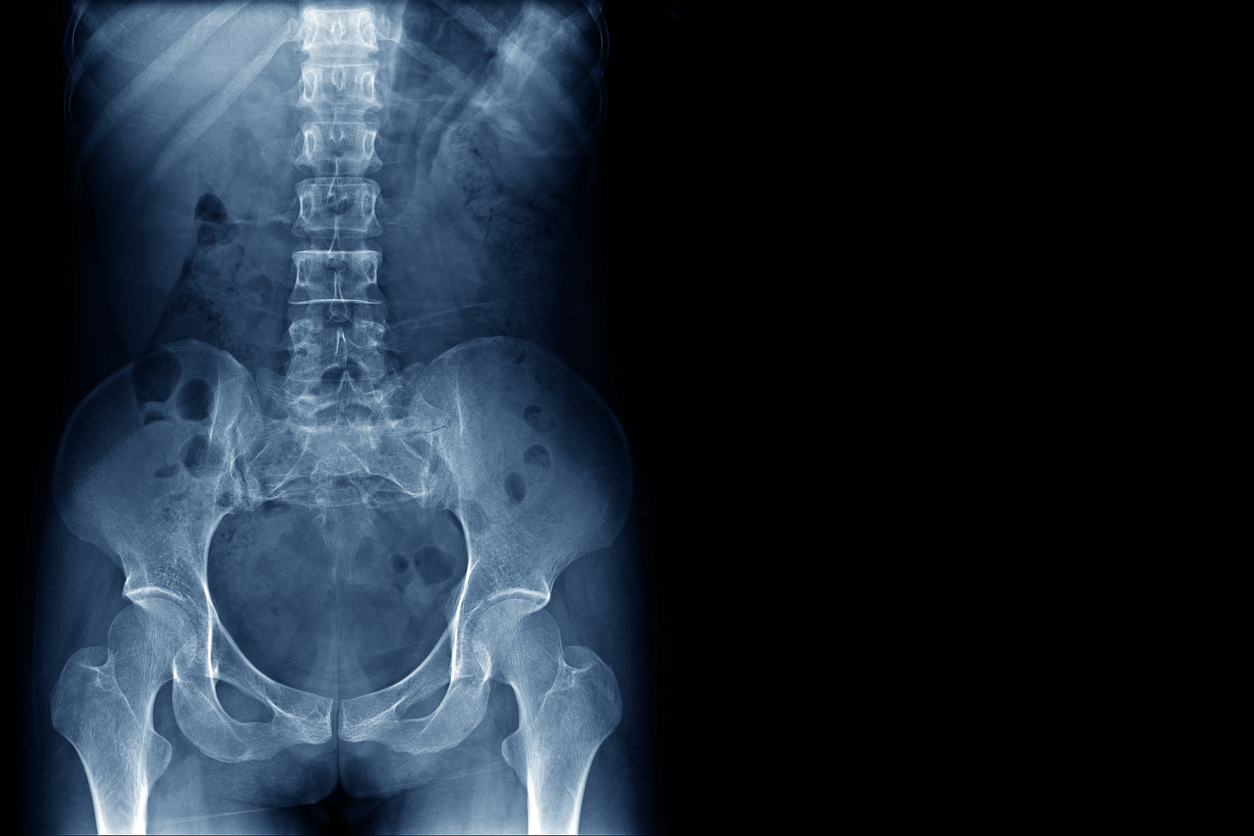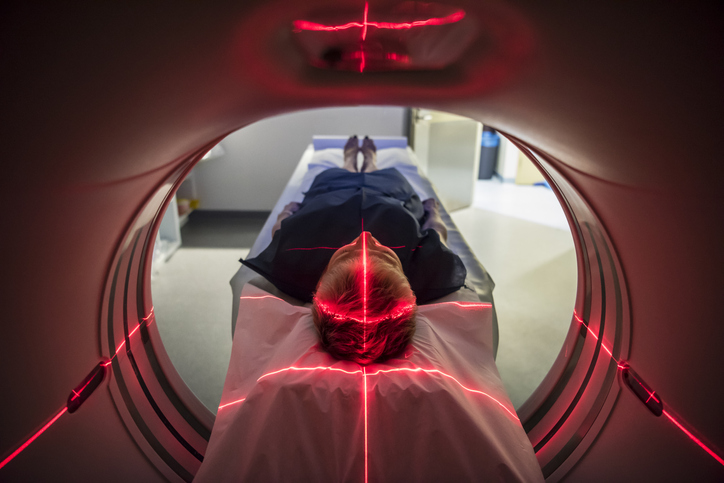Treatments
Spinal Fusion Surgery to Relieve Chronic Pain

What is spinal fusion surgery?
Spinal fusion is a surgical procedure that involves fusing two or more vertebrae permanently together to reduce or eliminate pain. The spine of an average adult consists of 33 vertebrae (bones), of which 24 vertebrae move. During a spinal fusion, a bone graft or bonelike material is used between spinal bones to create one solid structure with no space. Rods, metal plates, or screws are used to hold the bone and vertebrae in place until they grow together.
Types of spinal fusion surgery
There are various types of spinal fusion surgery. Placement of the incision depends on which part of the spine needs to be fused. The most common spinal fusion surgeries include, but are not limited to, the following:
- Minimally invasive
- Anterior lumbar interbody fusion
- Anterior/posterior spinal fusion
- Extreme lateral interbody fusion
- Posterolateral gutter fusion
- Posterior lumbar interbody fusion
- Transforaminal lumbar interbody fusion
How spinal fusion surgery can treat chronic pain
An estimated eight out of every ten people will experience back pain at some point in their lives. Back pain is one of the most common reasons people visit a physician. It can be caused by normal wear and tear, overuse, injuries, muscles, bones, nerves, or discs.
Reviews of successful spinal fusion surgeries are mixed if the actual cause of pain is nonspecific. However, if back pain is caused due to too much movement in the vertebrae, spinal fusion surgery may be beneficial. It is performed to increase stability and eliminate motion between vertebrae. Spinal fusion can also prevent the nerves that surround ligaments and muscles from stretching. Chronic pain that may be helped by spinal fusion surgery includes pain caused from degenerative disk disease, broken spinal bone, scoliosis, spinal stenosis, spondylolisthesis, tumors, or spine infection.
















